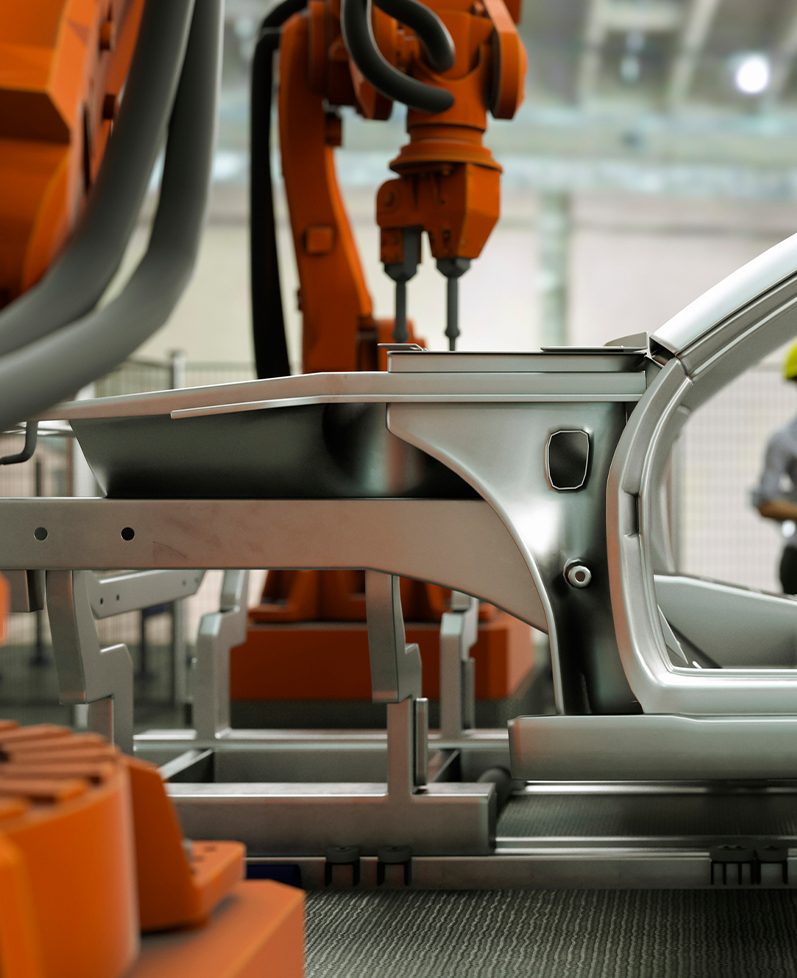Introduction: When Surplus Power Makes Big Promises
An operator sees a wind surge at dusk and cranks output to catch the wave—clean megawatts, easy gains. On line three, a pem electrolyzer hums as the meters climb. The plant runs modern stacks based on pem technology, tuned to soak up fast ramps from renewables. Data looks sunny: 10–90% load swings in minutes, stack efficiency near peak, and gas purity holding steady. But small drifts hide beneath the plots: pressure creep, heat spread, and membrane stress that no one feels until they do. So here’s the question: when we chase every kilowatt, what slips through the cracks (and why does it matter on Tuesday at 3 a.m.)? The answer starts with how these systems handle push, pull, and pause. Let’s get under the hood, then compare ways to grow without grinding the stack.

Hidden Strains Behind the Shine
What’s the catch?
With pem technology, high current density brings speed—and stress. The membrane electrode assembly (MEA) runs hotter, and the gas diffusion layer must keep pace with water and heat. If the DC rectifier adds ripple, local hotspots form. That nudges oxygen crossover up and trims Faradaic efficiency. A small anode–cathode pressure mismatch? It can grow into a steady pressure differential that wears the membrane. Even neat things like fast power converters can trip a slow balance of plant (BoP). The chiller loop lags, humidity swings, and bipolar plates see uneven loading. It looks fine in a day. Over months, it costs stack life.
Now for user pain points—the ones buried inside “normal.” Water purity looks okay until the deionized loop drifts. Then trace ions load the membrane, and resistance creeps. Sensors age out of sync; the system runs blind to tiny leaks or thermal bias. Hydrogen purity drops a hair under sharp ramp rates, which can mess with downstream compressors. Look, it’s simpler than you think: when controls chase power faster than valves and coolant can move, small errors stack up. And that’s the rub. Operators plan by monthly uptime, but the real game is minute-by-minute transient control. If your alarms watch only steady state, they’ll miss the damage that matters.
Smarter Paths Forward: Controls vs. Capacity
What’s Next
Here’s the forward look: new control strategies beat brute force. Instead of just adding bigger stacks, use model predictive control to balance current density, humidity, and pressure in real time. Track oxygen crossover and temperature gradients as first-class signals, not footnotes. Edge computing nodes—right at the skid—can predict thermal lag and pre-bias coolant setpoints before a ramp. Pressure tracking keeps anode and cathode in lockstep to protect the membrane. In plain terms, the system learns your grid’s mood swings and gets ahead of them. When pem technology is run with anticipatory logic, the BoP stops playing catch-up and starts leading. Small inputs, big wins—funny how that works, right?

Comparatively, “more capacity” looks bold but misses nuance. Larger stacks under sloppy control can see uneven current distribution and faster MEA aging. Smarter control with the same hardware can hold stack efficiency, tighten hydrogen purity during transients, and extend life by thousands of hours. The principle is simple: coordinate power converters, humidification, and thermal management as one organism. Measure what matters. Then score your options with three practical checks: 1) gas purity stability during 10–90% ramps, in ppm drift; 2) specific energy consumption in kWh/kg across partial load, not just at nameplate; 3) stack life forecast under your duty cycle, including starts, stops, and idle soak. Use those numbers to choose upgrades, not slogans. If you anchor decisions there, you’ll scale cleaner, cheaper, and calmer—day after windy day. For teams comparing pathways or planning pilots, this lens keeps the promise of hydrogen grounded and real, with less guesswork and fewer surprises. For more context and benchmarks, see insights from LEAD.

